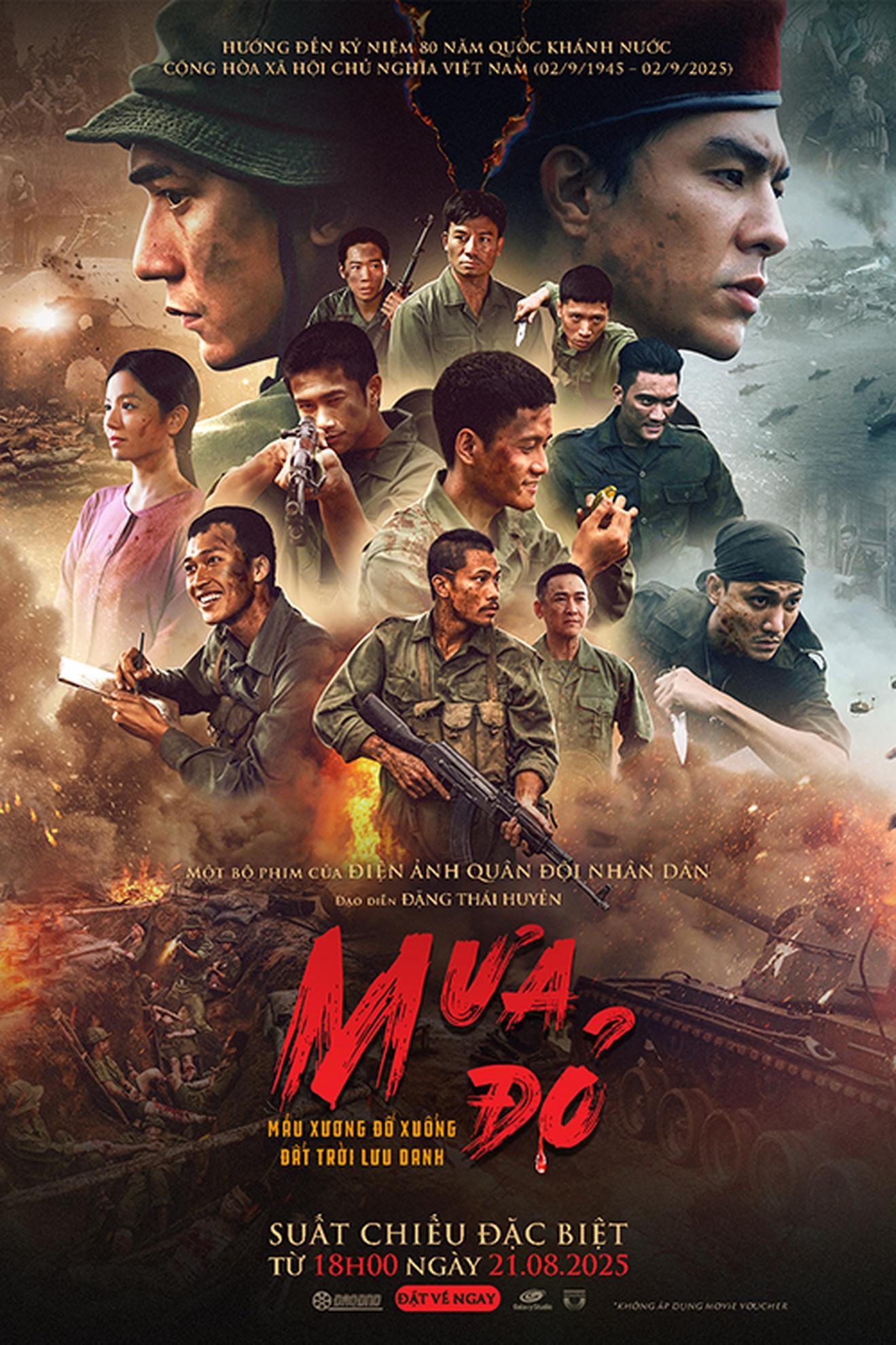
Both films are inspired by real historical events. But the two films follow two completely different directions: one is an epic about the Quang Tri war in 1972, the other is a life-and-death drama in the closed space of a hijacked flight. From a film criticism perspective, this is a rare opportunity to compare the two works, thereby recognizing the diversity in the approach to history of contemporary Vietnamese cinema.
The film “Red Rain” (directed by Dang Thai Huyen) was adapted from the script and novel of the same name by writer Chu Lai, set in the summer of 1972, when the liberation army had completely conquered Quang Tri province - the place where the border temporarily divided the North and South. The script follows the events of 81 days and nights of fighting to protect the ancient citadel. Colonel Kieu Thanh Thuy - Production Director of the film "Red Rain" - said that this project is the largest scale that the People's Army Cinema has carried out in the past 20 years.
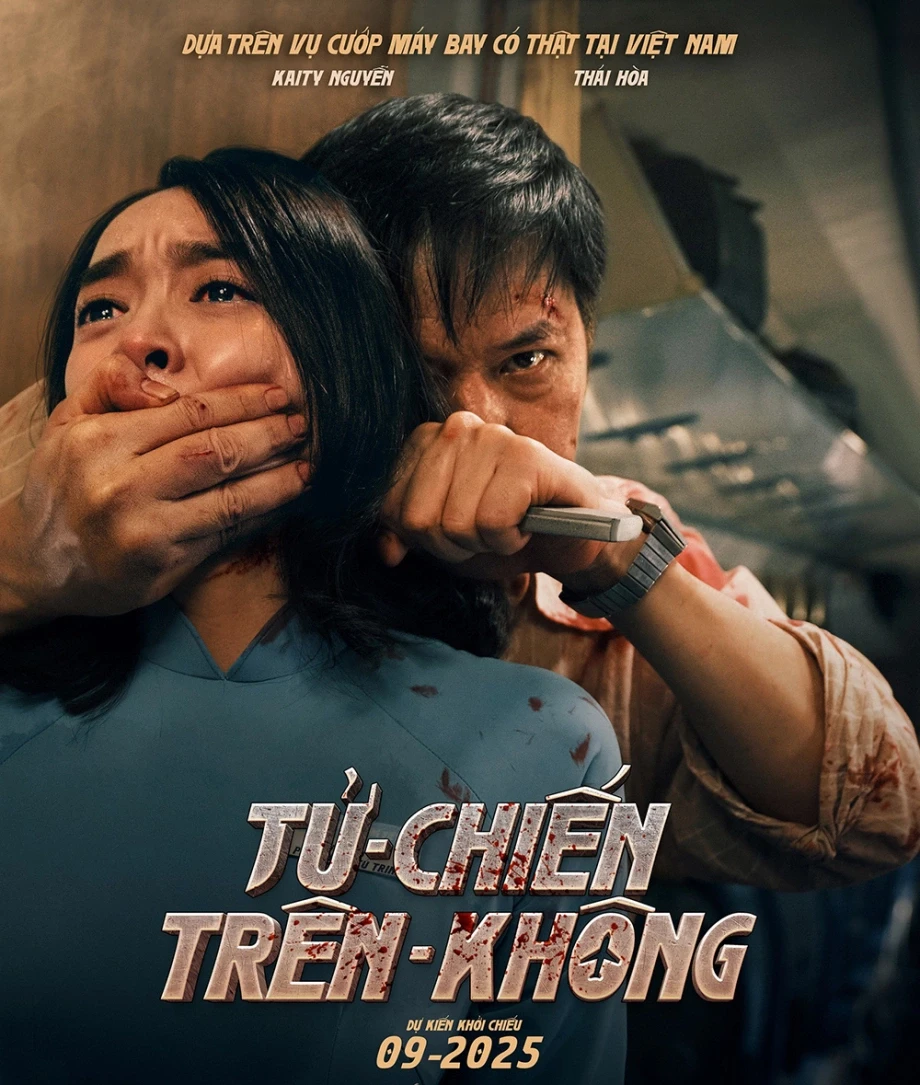
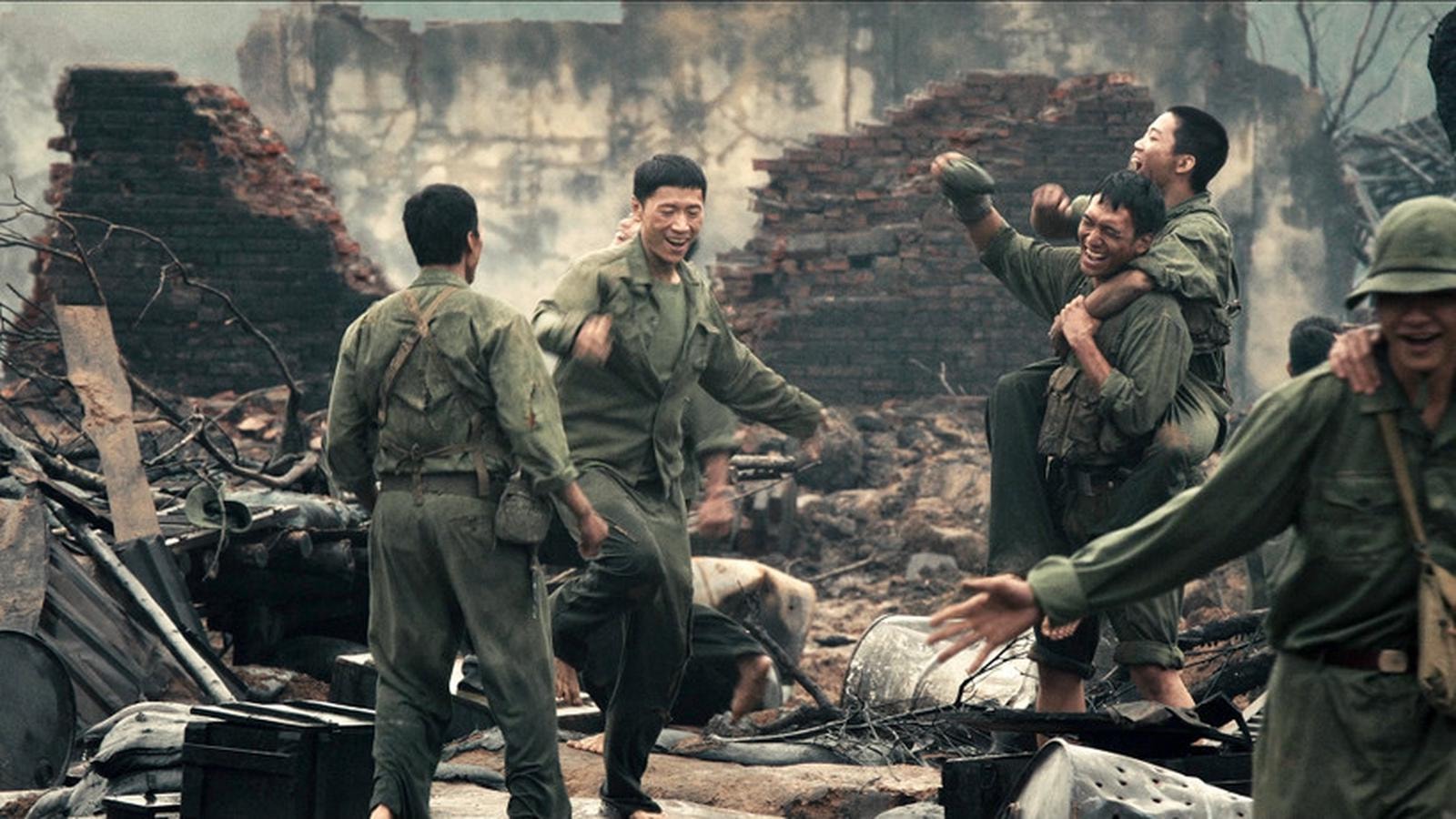
The film “Fight to the Death in the Air” was inspired by a real event in Vietnam in 1978, not long after the country was completely liberated. Flight DC-4/501 from Da Nang to Buon Me Thuot was hijacked by a group of armed hijackers just minutes after departure, putting 60 passengers and the entire crew in a 52-minute precarious situation. This was a hijacking that shook the history of Vietnamese aviation, leaving many physical injuries and mental trauma for the survivors. Borrowing this story, director Ham Tran embarked on making an action film, where he unleashed his skills in mastering breathtakingly tense footage.
In “Fight to the Death in the Sky”, Thai Hoa left a strong impression with the role of Long – a ruthless but also emotional hijacker. His restrained acting, cold eyes and explosive moments in the climax helped the villain become the center of the film. Thanh Son performed quite well in his role when he tried and threw himself into the role of a brave, resilient guard, regardless of his own safety for the sake of innocent lives. Supporting characters such as flight attendants, passengers, and security guards also had a role to play, but still mainly revolved around immediate reactions in emergency situations.
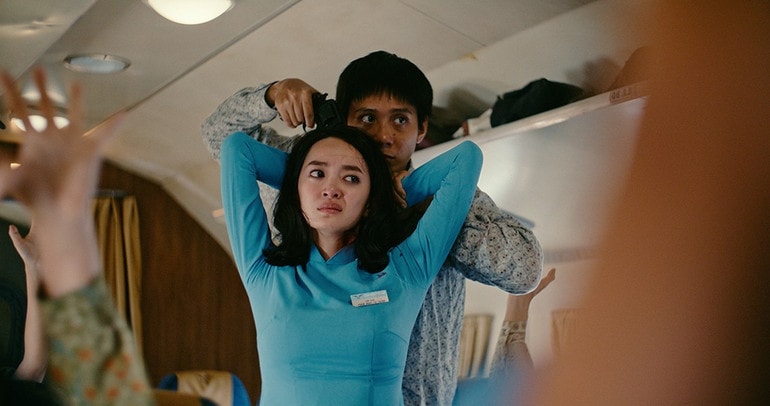
On the contrary, “Red Rain” stands out with its collective cast of characters: the farmer Ta - squad leader, the special forces soldier Sen, the music conservatory student Cuong, the art student Binh, the student Tu, the ferrywoman Hong, the doctor Le… From young soldiers to doctors, from civilians to commanders… each person is a slice of fate in the fierce 81-day battle. The strength of the film lies in the multi-voiced acting: no individual completely “dominates” the show, but all join together to form a tragic chorus about patriotism and sacrifice.
“Fighting in the Air” poses a big challenge when confined in a cramped airplane cabin. The director cleverly uses close-up shots, handheld cameras and contrasting lighting to increase the feeling of suffocation. The audience is put in a state of suffocation – an experience not easily found in previous Vietnamese films. However, the repetition of camera angles sometimes makes the film’s rhythm lack variety.
“Red Rain” opens up a large picture with a fierce battlefield scene. Panoramic cameras combined with close-ups of soldiers’ faces, smoke and fire mixed with slow-motion have created a strong epic quality. If “Death Battle in the Air” is more about personal drama, “Red Rain” reaches a general scale, full of epic character.
The sounds in “Air Deathmatch” are intense and urgent: gunshots, collisions, screams – all blend into a tense, restless atmosphere. The background music is mainly electronic, pushing the film to a climax but sometimes making the audience tired. Meanwhile, “Red Rain” chooses to tell the story with both music and silence. Amid the sound of bombs and bullets, sometimes there is only the sound of the Thach Han River, the sound of heavy breathing, the sound of lullabies or the call of comrades. The background music is rich in tragedy, emphasizing sacrifice and loss. It is the contrast of sounds – from intense to silent – that creates an unforgettable emotional weight in the hearts of the audience.
“Fighting in the Sky” is fast-paced, with many sharp cuts, creating a feeling of suspense from beginning to end. Its strong point is its high entertainment value, but its weak point is the lack of pauses for the audience to “absorb” the character’s psychology.
In contrast, “Red Rain” has a rhythm like a symphony: sometimes slowly depicting everyday life, sometimes exploding violently with battle scenes. This emphasis and release help the film to be both tragic and humane, making emotions linger longer.
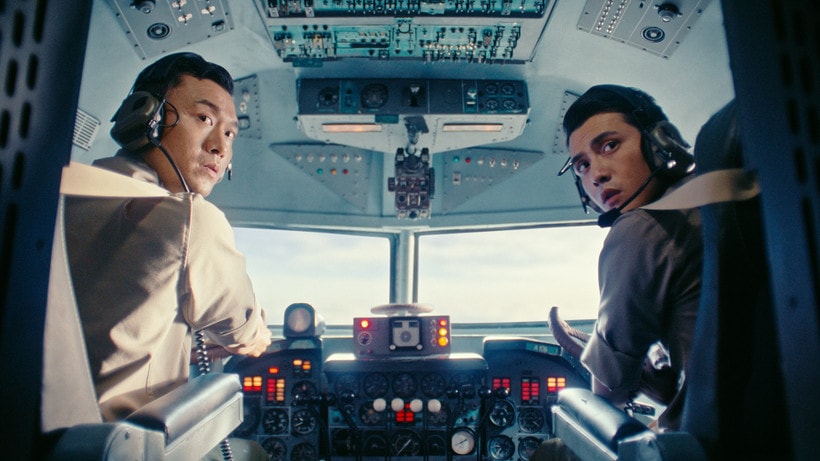
“Fight to the Death in the Air” carries a message about courage and humanity in life and death situations. The film is more about entertainment – suspense and tension – but still evokes little-known historical memories.
“Red Rain” has a larger mission: to portray the Quang Tri war as a historical symbol. The film recalls the blood and bones of our ancestors, and at the same time raises questions about the responsibility of preserving collective memory today.
Thus, when placed side by side, “Fighting in the Sky” and “Red Rain” show two different approaches to history: one is an action film, focusing on personal drama; the other is a war epic, recreating collective tragedy. If “Red Rain” opens a new milestone for the Vietnamese historical war film genre, then “Fighting in the Sky” proves that Vietnamese cinema is completely capable of making action films of international standards.
Two films, two styles, but both show the efforts to innovate and the great ambition of Vietnamese cinema. And more importantly, they affirm that: history, no matter how large it is, is always an endless source for the seventh art. Vietnamese audiences always believe in a developing future, with international masterpieces of our country's cinema.
NGUYEN THI LAN ANHSource: https://baohaiphong.vn/tu-mua-do-den-tu-chien-tren-khong-lich-su-chua-bao-gio-thoi-am-anh-521411.html
















































![[Video] Hue Monuments reopen to welcome visitors](https://vphoto.vietnam.vn/thumb/402x226/vietnam/resource/IMAGE/2025/11/05/1762301089171_dung01-05-43-09still013-jpg.webp)


















































![Dong Nai OCOP transition: [Part 2] Opening new distribution channel](https://vphoto.vietnam.vn/thumb/402x226/vietnam/resource/IMAGE/2025/11/09/1762655780766_4613-anh-1_20240803100041-nongnghiep-154608.jpeg)













Comment (0)